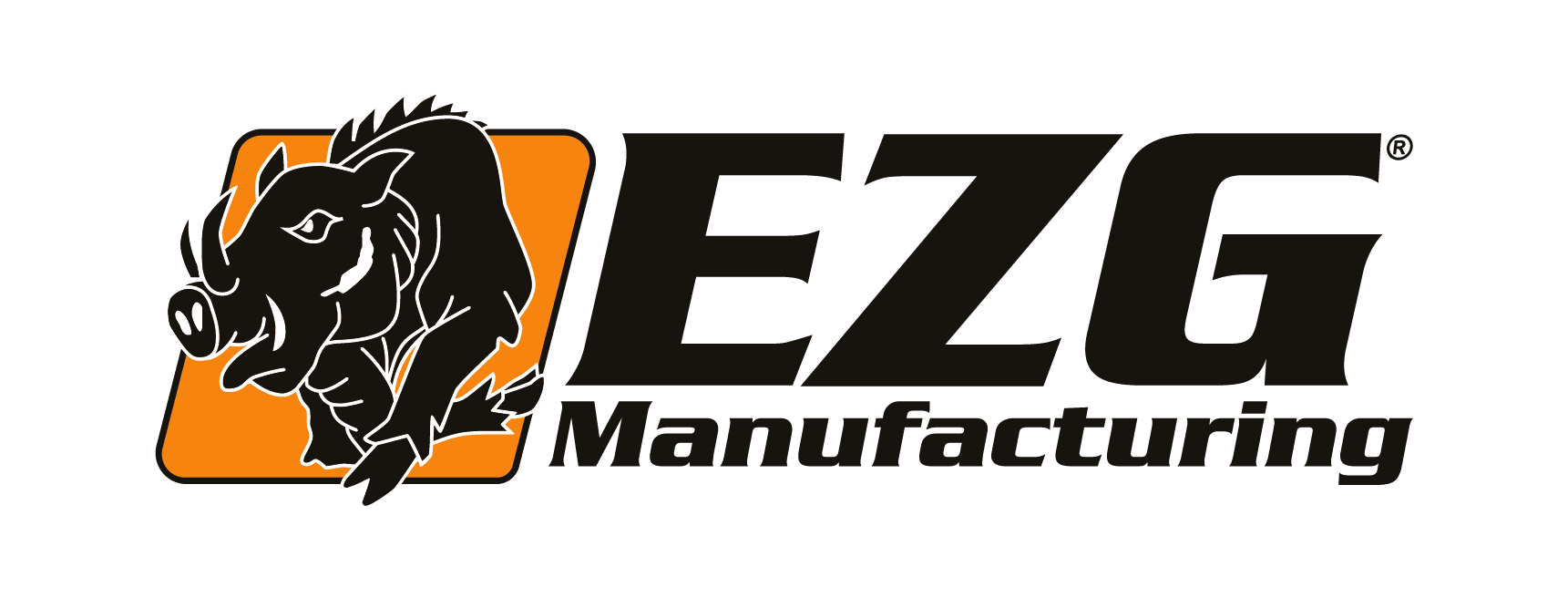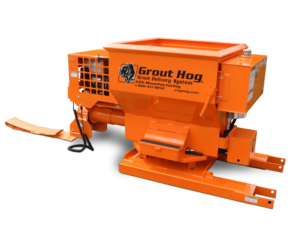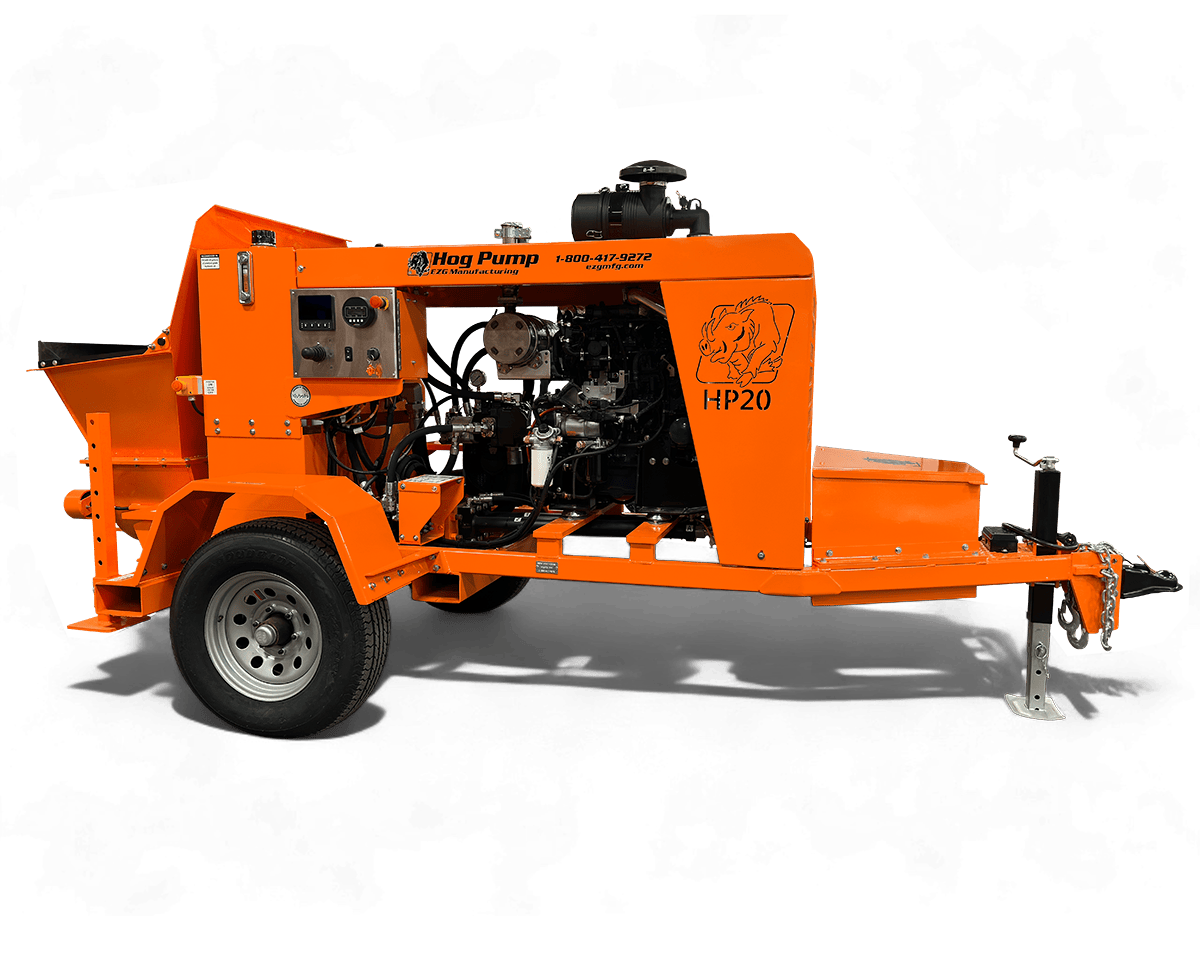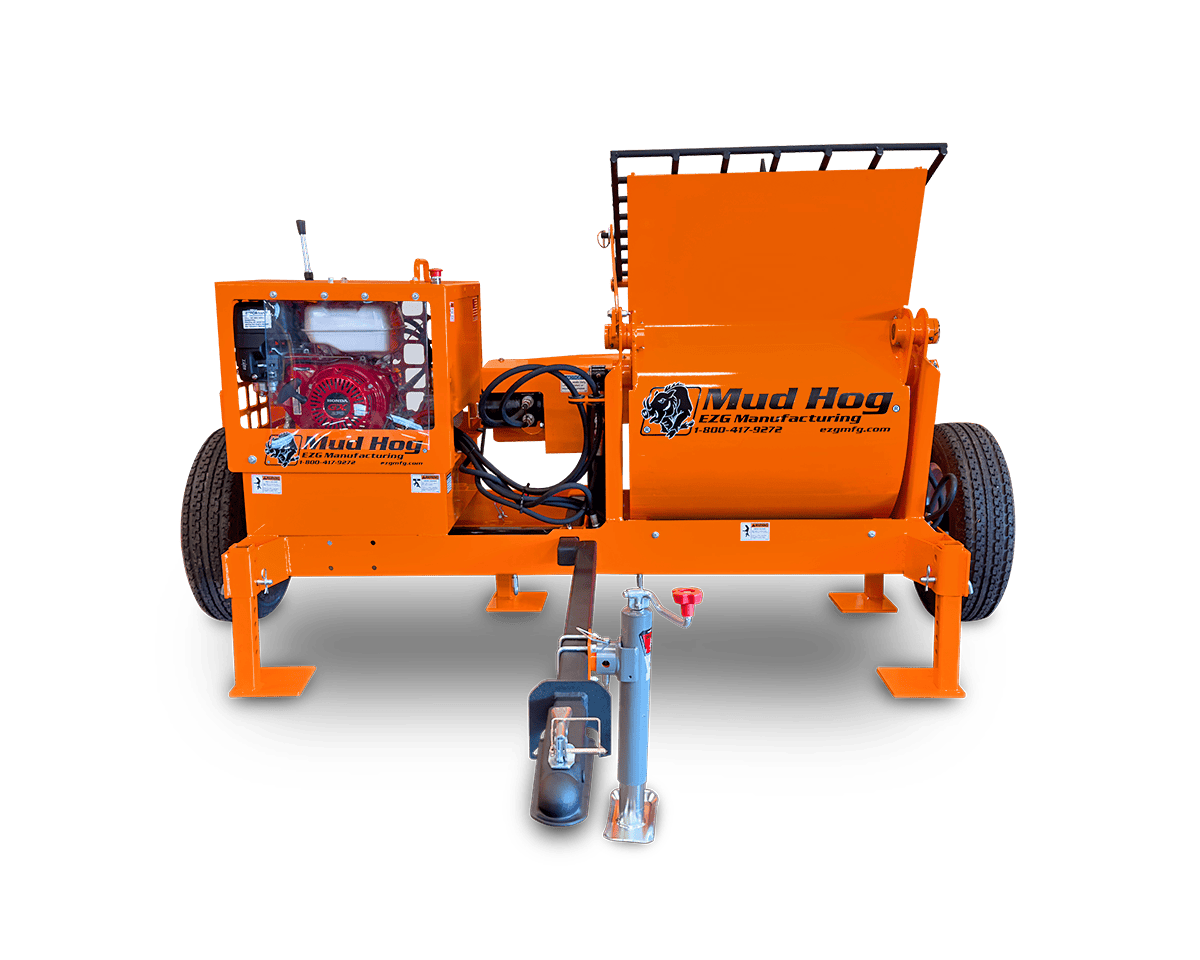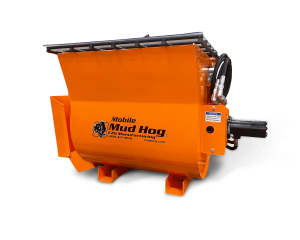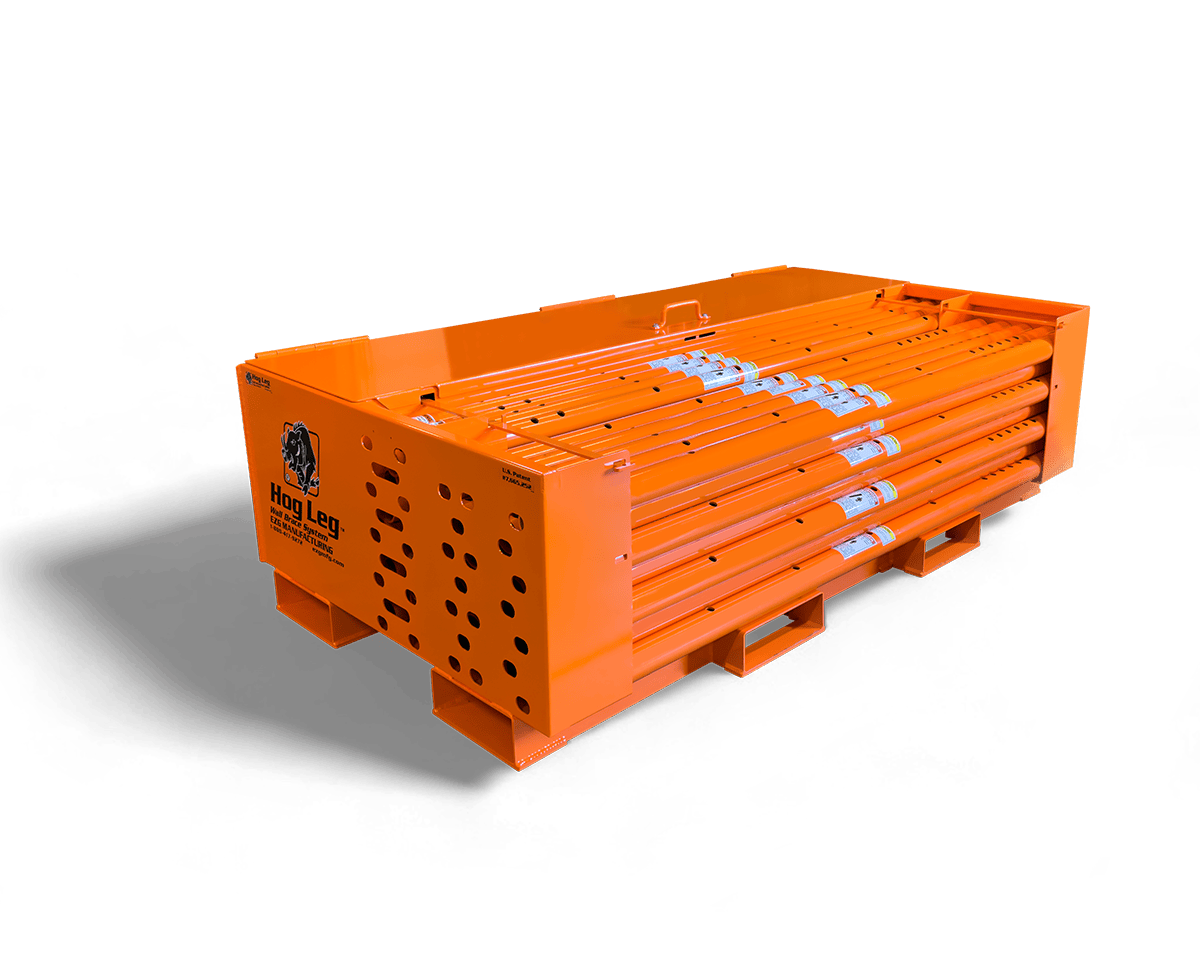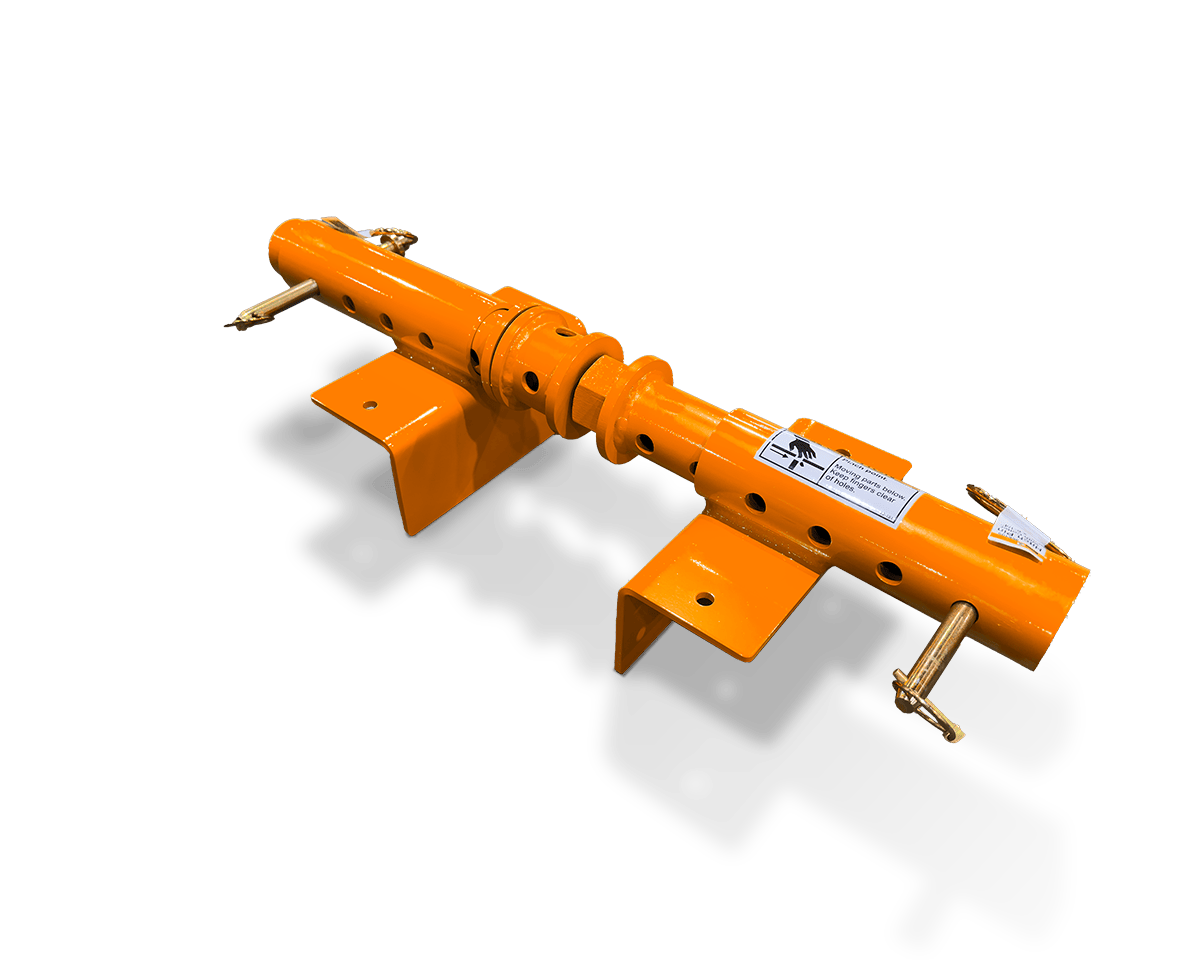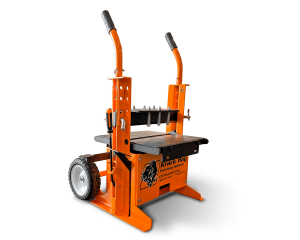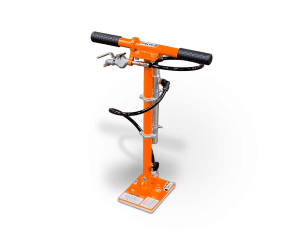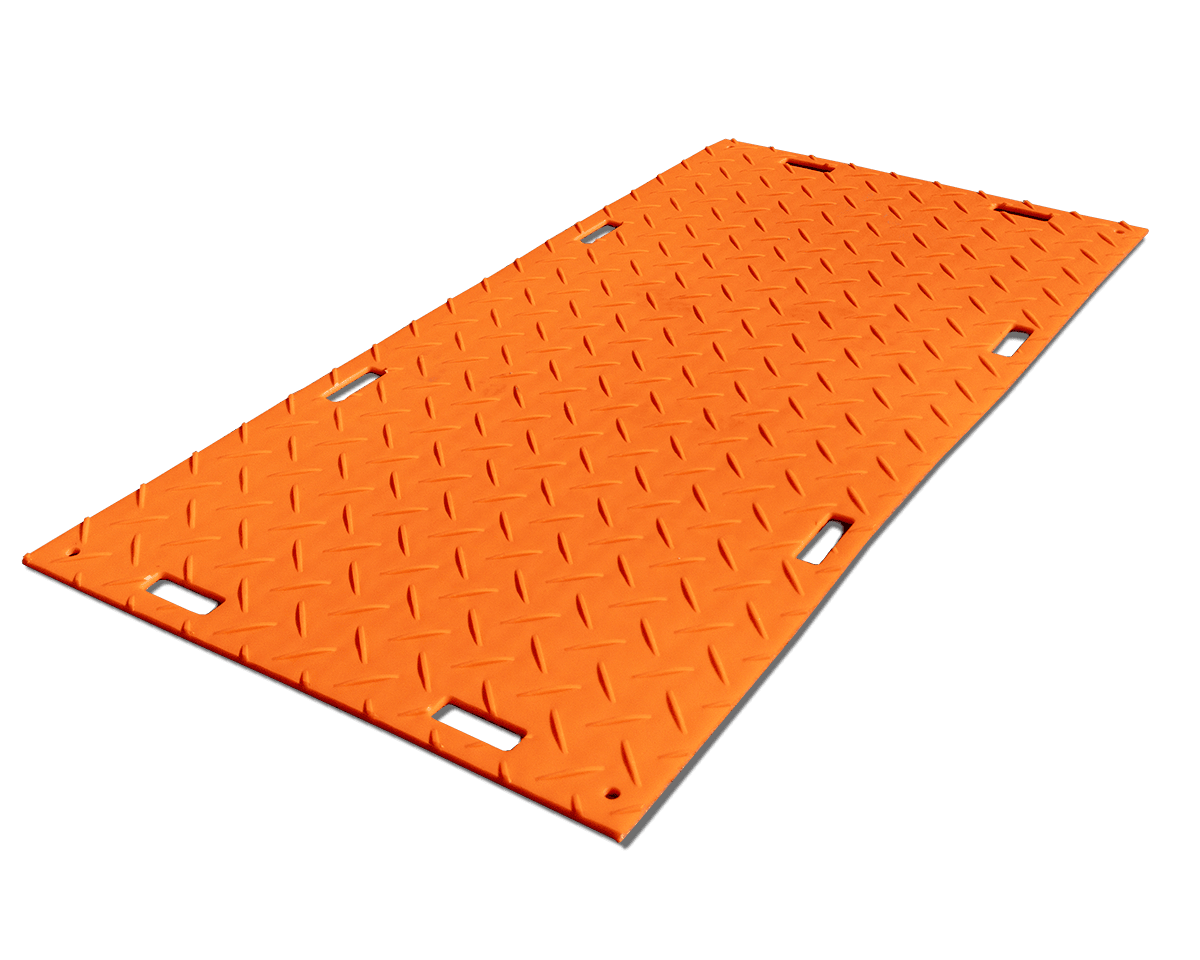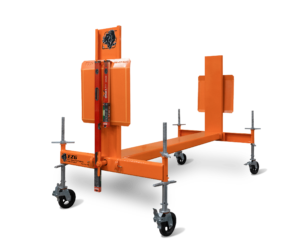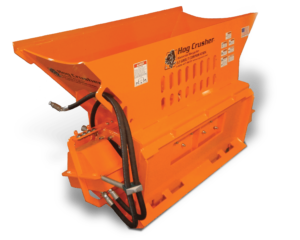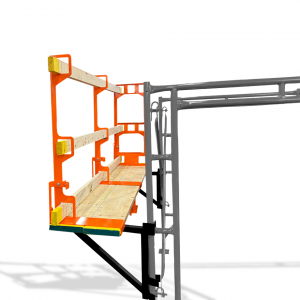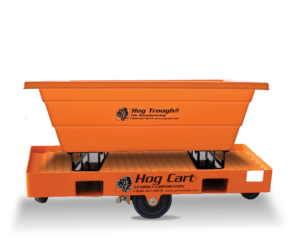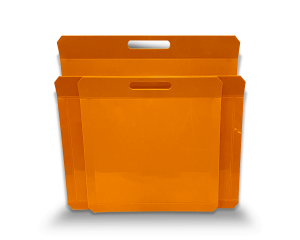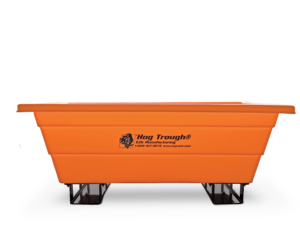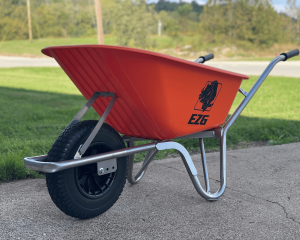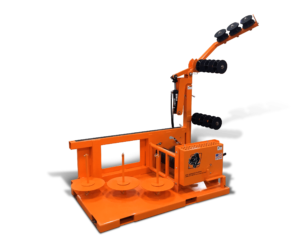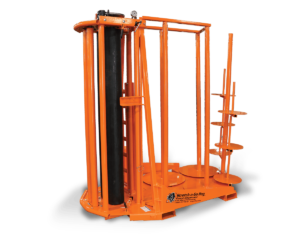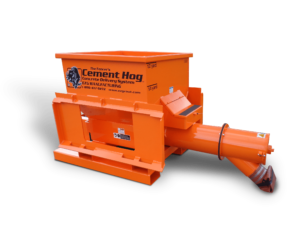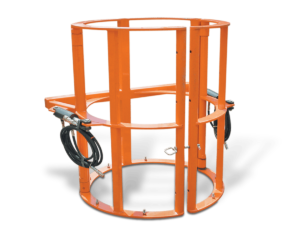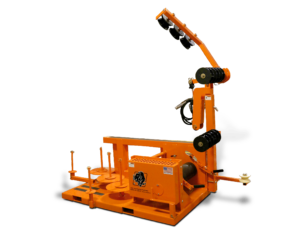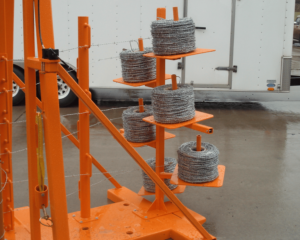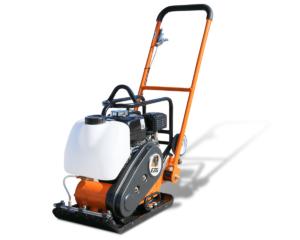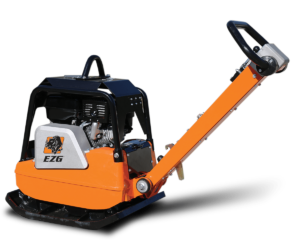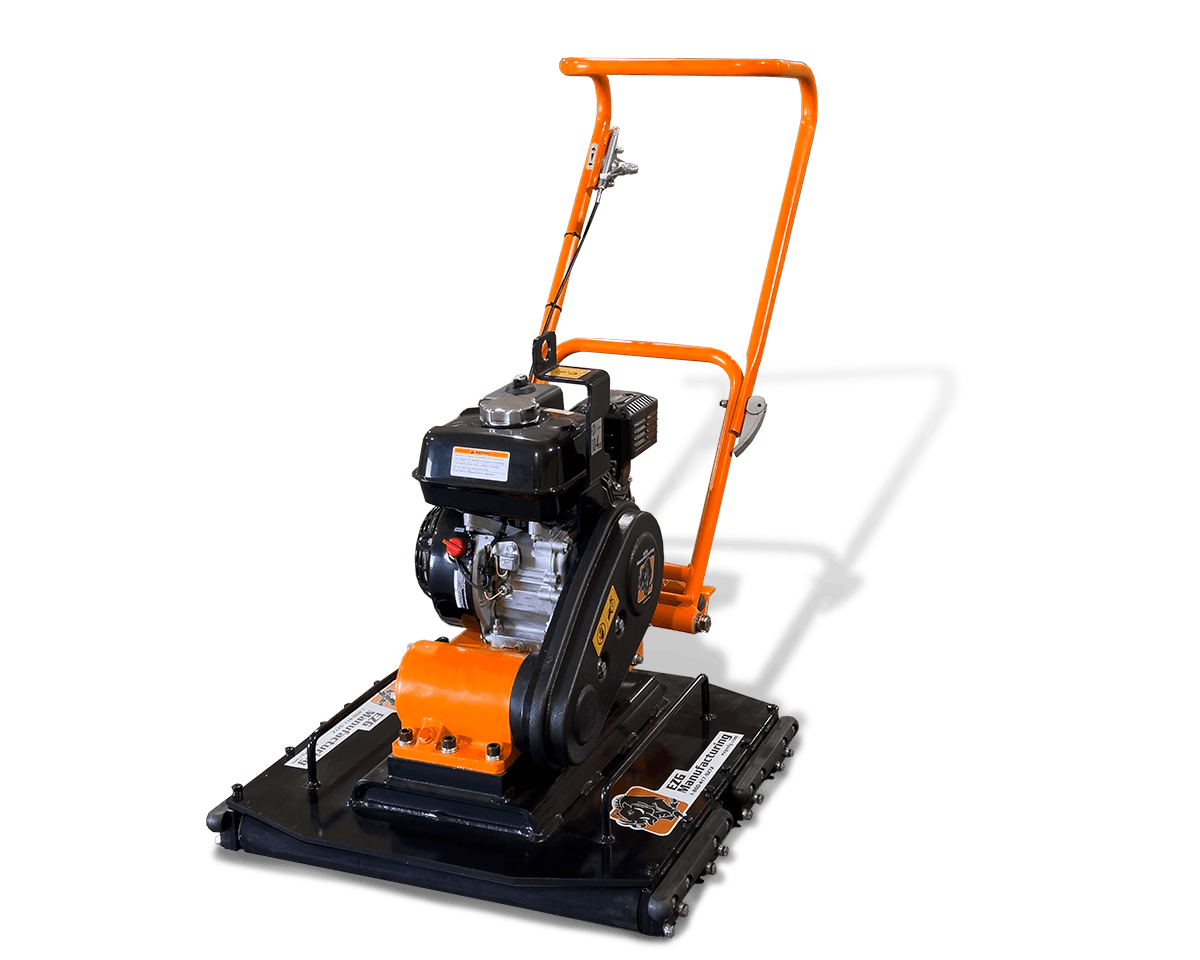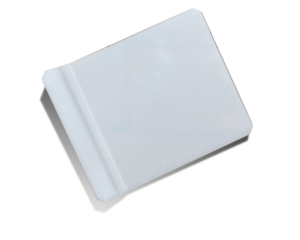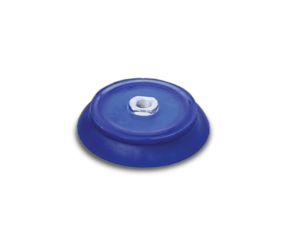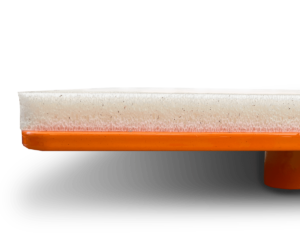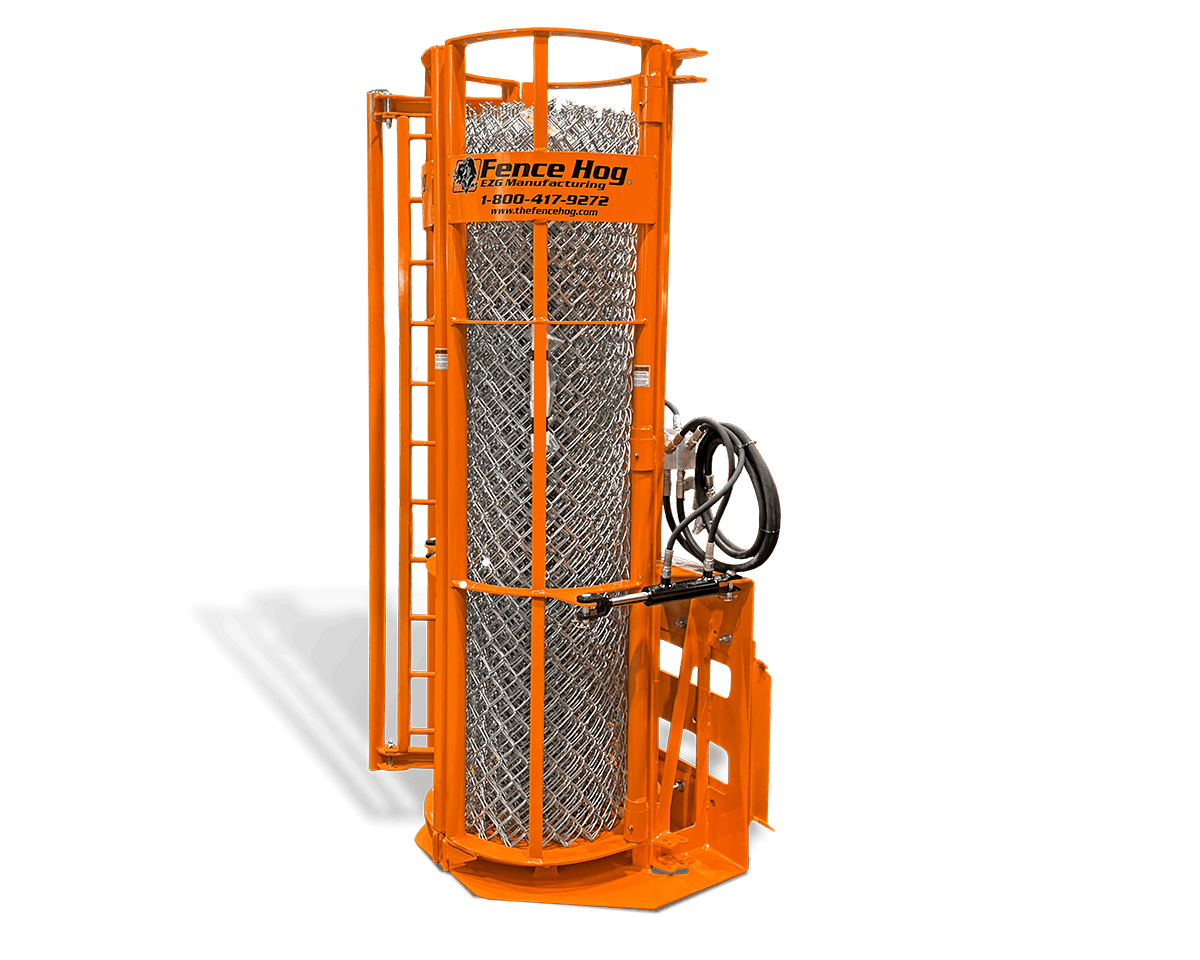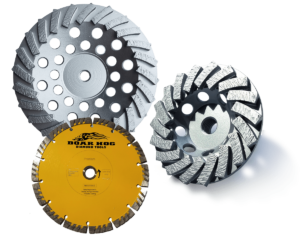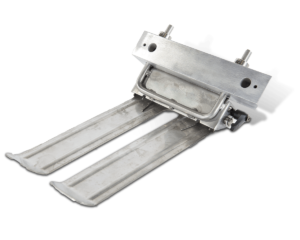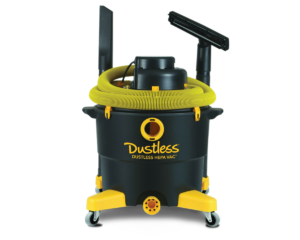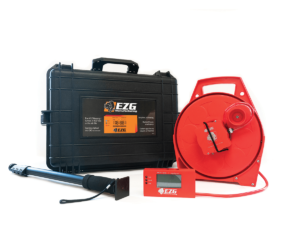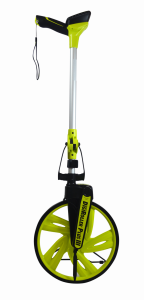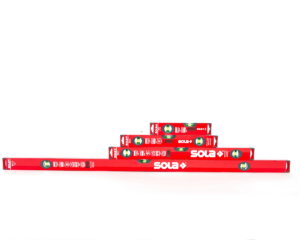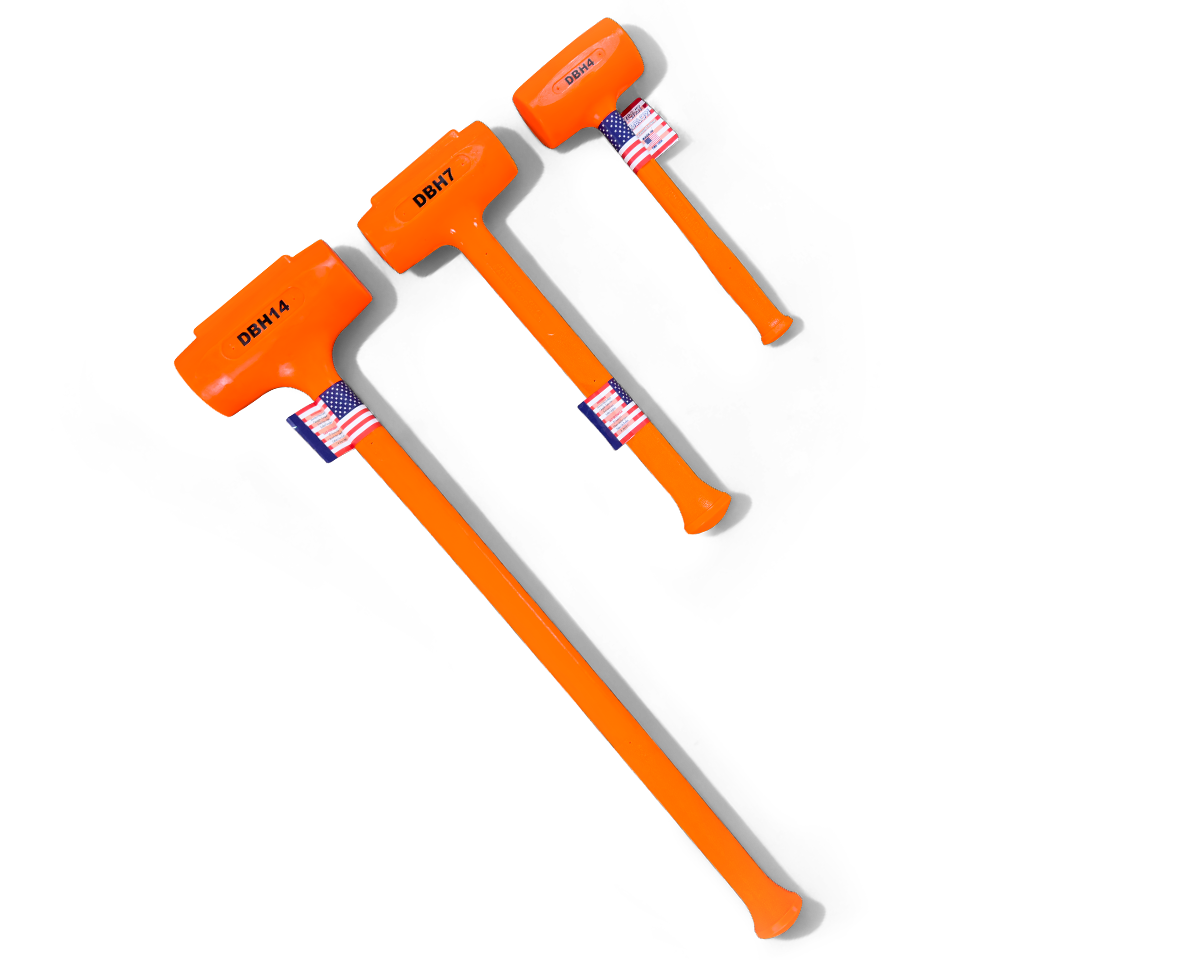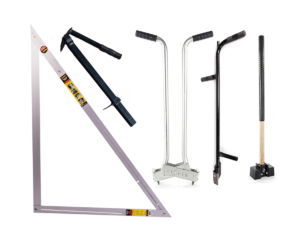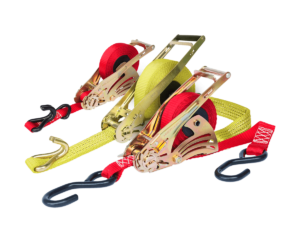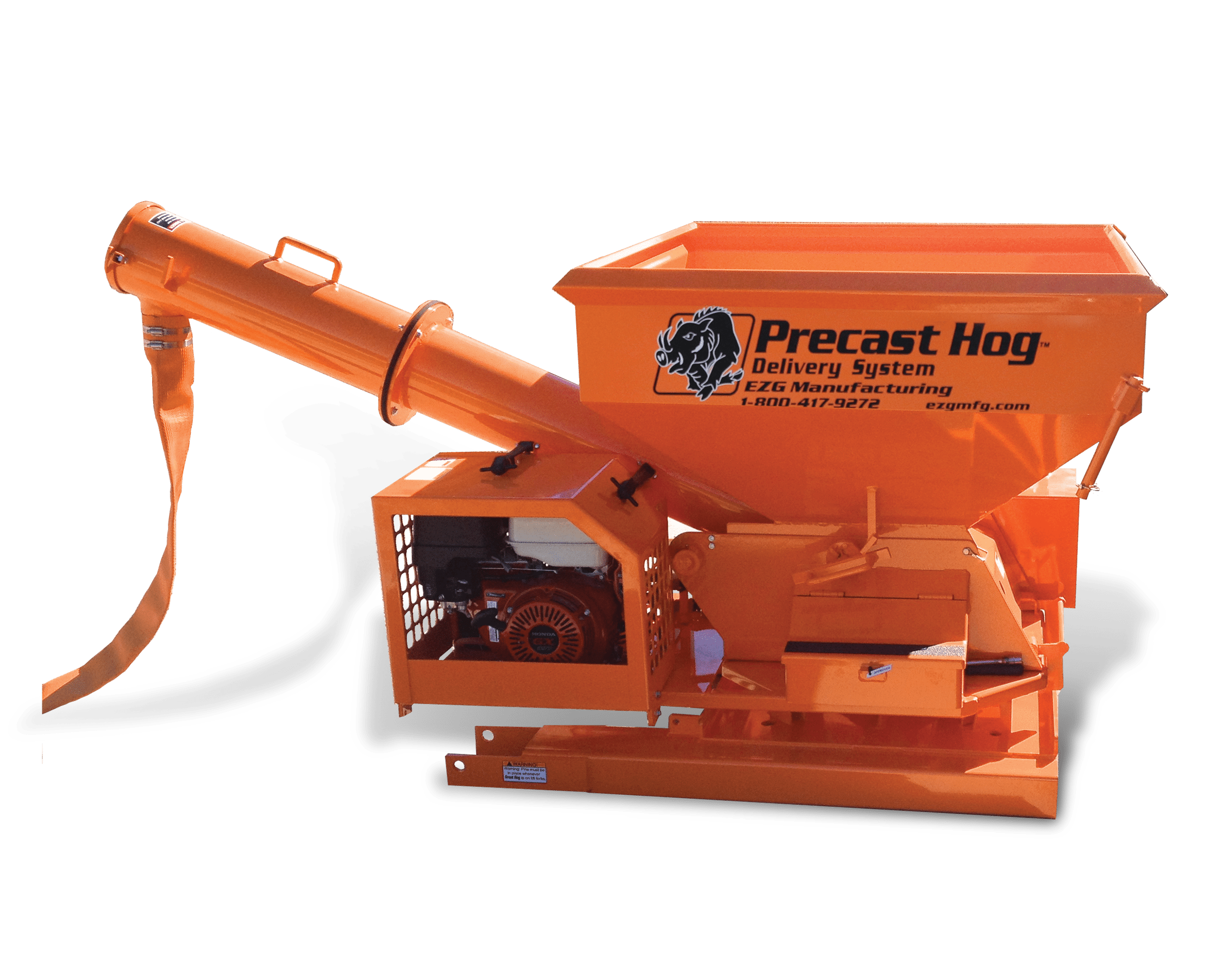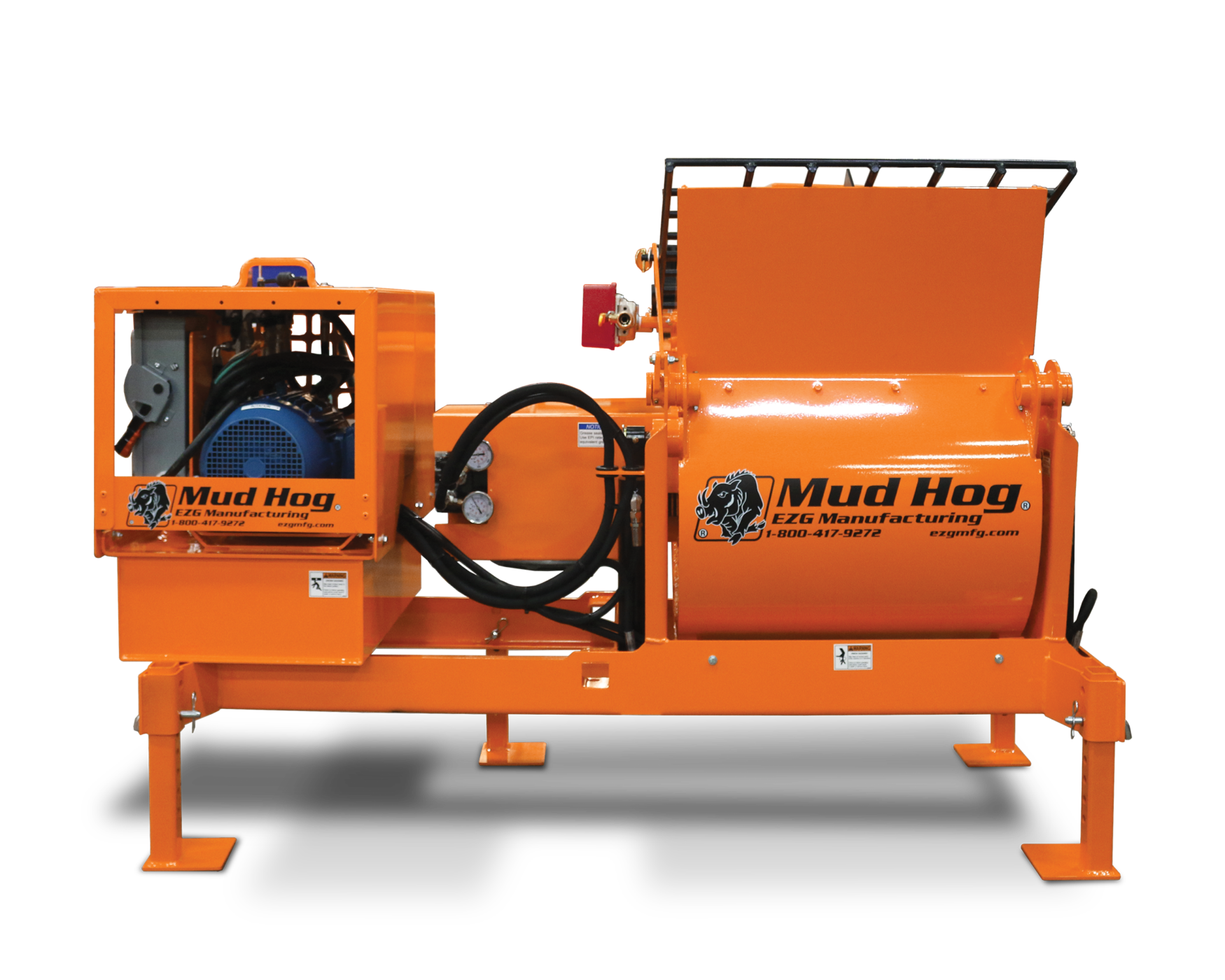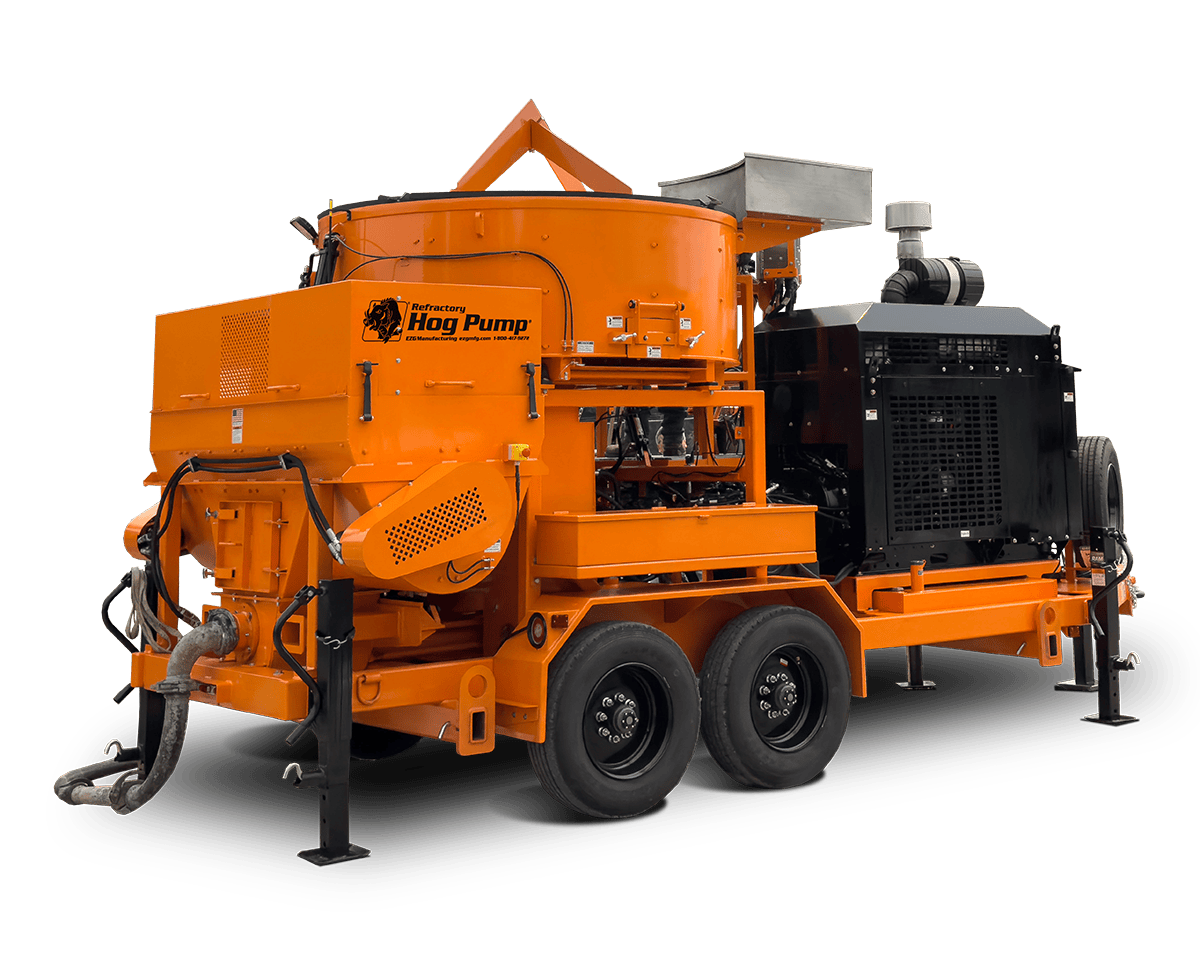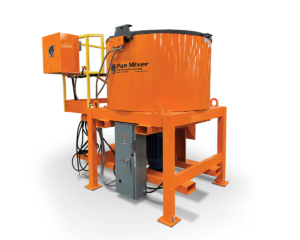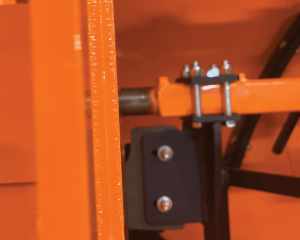Yes, you can powder coat aluminum. With proper surface preparation, aluminum powder coating can be just as durable and attractive as coatings applied to steel or other metals. That said, aluminum does require a slightly different approach due to its natural oxide layer and smooth finish.
What Is Powder Coating?
Powder coating is a dry finishing method used to apply a protective and decorative layer to metal surfaces. Instead of using liquid paint, powder coating uses an electrostatic charge to bond a powder material to the part’s surface. The coated item is then cured in a high-temperature oven, where the powder melts and fuses into a durable finish.
At EZG Manufacturing, we offer both powder coating and wet paint services as part of our full in-house metal fabrication process.
Can You Powder Coat Aluminum?
Yes. Aluminum is commonly powder-coated across a wide range of industries. While it doesn’t contain iron and won’t rust like steel, aluminum can still corrode, especially in outdoor or industrial environments. Powder coating adds a strong layer of protection and helps parts maintain their look and functionality over time.
Aluminum’s natural oxide layer does make surface prep more important, but once cleaned and treated correctly, it holds powder coat just as well as other metals. The key is knowing how to prep and apply the finish properly, and that’s something we do every day at EZG.
Why Surface Preparation Matters for Aluminum
Aluminum comes with a built-in barrier: a thin layer of aluminum oxide. While this helps protect the metal from corrosion, it also prevents good adhesion unless it’s removed or treated.
Key Preparation Steps for Aluminum:
- Cleaning: Remove oils and contaminants using a non-etch degreaser.
- Abrasive blasting or chemical etching: Lightly roughen the surface to help the powder stick.
- Conversion coating: Apply a chemical layer (like zirconium or chromate) to chemically bond with the powder coat.
Here’s how prepping aluminum compares to prepping steel:
| Step | Steel | Aluminum |
|---|---|---|
| Cleaning | Standard degreaser | Non-etch degreaser |
| Surface roughening | Sandblasting | Light blasting or chemical etching |
| Chemical treatment | Optional | Required for proper adhesion |
Done right, this process allows powder coating to stick tightly, creating a uniform and long-lasting finish.
Powder Application Process
Once the aluminum is properly cleaned, blasted, and treated, it’s ready for powder application. This step involves spraying dry powder particles onto the metal using an electrostatic spray gun.
Here’s how the application works:
- Electrostatic Charge: The powder is given a positive electrical charge as it exits the spray gun.
- Grounded Metal Part: The aluminum part is grounded, creating a magnetic attraction between the powder and the metal.
- Even Distribution: The powder wraps around edges and contours, sticking evenly to the part’s entire surface.
- No Drips or Runs: Because the powder is dry, there’s no risk of sagging or pooling like with wet paint.
At EZG, this process happens in a dedicated powder booth with high-efficiency spray equipment, ensuring uniform results from small parts to large structures.
Watch the Process in Action
Curious how our powder coating process works? Watch this video to see how we achieve a professional-grade finish from start to cure.
Curing the Powder Coated Aluminum
After powder is applied to the aluminum product, the part must be heated to a specific temperature for a set time to cure the coating. During this stage, the powder melts and flows into a smooth, solid finish that bonds tightly to the aluminum surface.
Curing Process Steps:
- Transfer to Oven: The part is moved into a temperature-controlled curing oven.
- Heat Activation: Most powders cure between 350°F–400°F, depending on the formulation.
- Crosslinking Reaction: As the powder melts, chemical bonds form, creating a hard, uniform shell.
- Cooling: After curing, the part cools to a solid, durable state before inspection and packaging.
The curing and finishing process gives powder-coated aluminum its signature durability and resistance to wear.
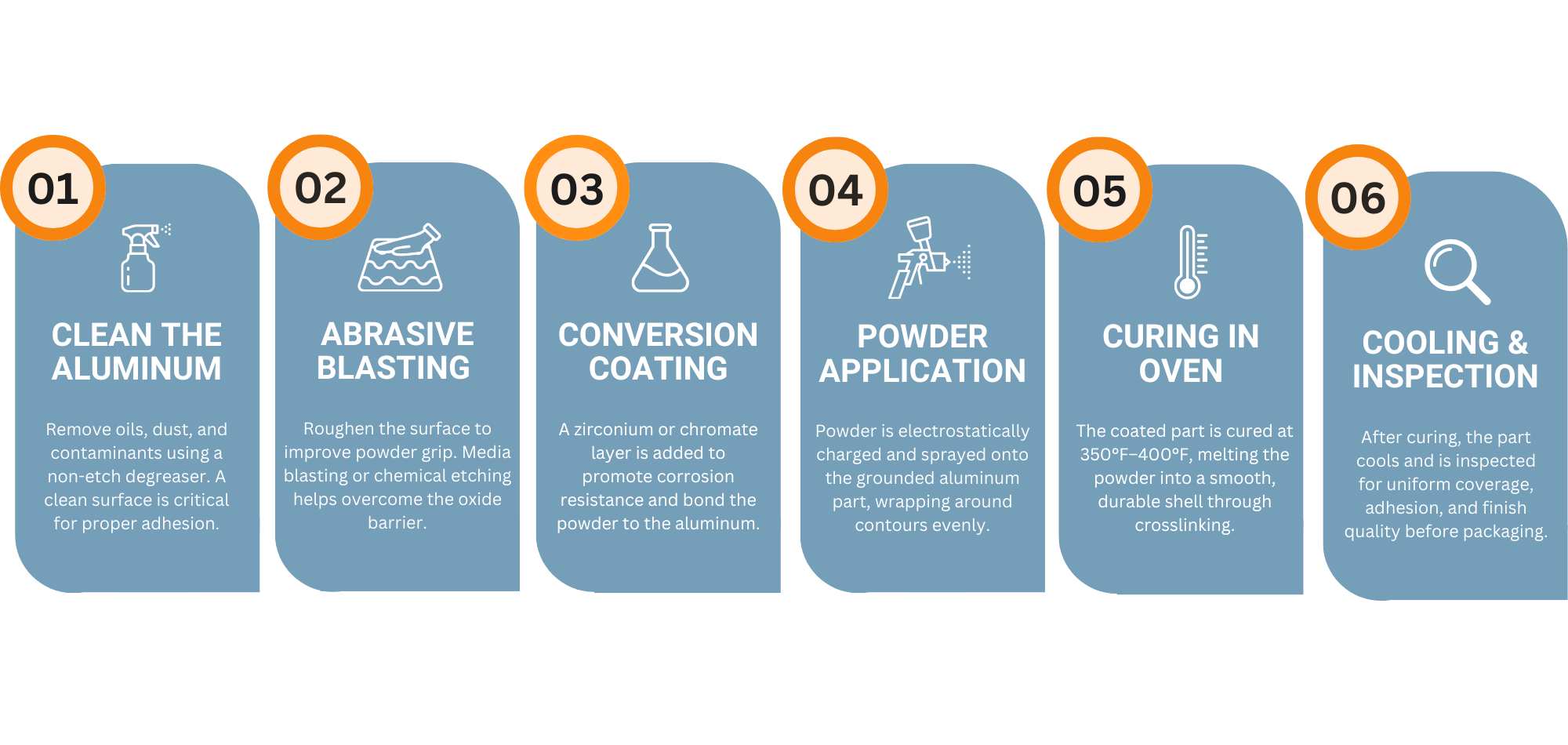
High vs. Low Temperature Powder Curing
Powder coatings typically cure at high temperatures (350°F–400°F) to create a strong, durable bond with the metal. However, low-cure powders are available for heat-sensitive materials or when working with thinner aluminum components.
- High-temp curing provides a harder, more wear-resistant finish and is ideal for industrial applications.
- Lower temperature curing requires less energy and helps prevent warping on lightweight or delicate components, though it may offer slightly lower durability.
The right temperature depends on the powder formulation and the aluminum part’s thickness, shape, and heat tolerance.
Other Coating Methods: Is Powder Coating the Best for Aluminum?
While powder coating is a popular finish for aluminum, it’s not the only option. Here’s a quick comparison of other common methods and why powder coating typically stands out:
| Method | Description | Pros | Cons |
|---|---|---|---|
| Wet Painting | Liquid paint applied by spray or brush | Broad color range, simple touch-ups | Less durable, VOCs, can chip/peel easily |
| Anodizing | Electrochemical process that thickens oxide layer | Metallic look, corrosion-resistant | Limited colors, expensive, brittle layer |
| Polishing/Brushing | Mechanical finish with no coating | Aesthetic appeal, low cost | No added protection from elements |
| Powder Coating | Electrostatic dry powder cured in oven | Durable, eco-friendly, consistent finish | Requires prep and curing equipment |
What’s Best for Aluminum?
For most industrial, architectural, and commercial uses, powder coating is the best all-around option for aluminum. While anodizing may be preferred in specialty applications like aerospace or electronics, powder coating strikes the best balance between performance, appearance, and cost for general use.
Benefits of Powder Coating Aluminum
- Durable finish: Resists chipping, scratching, and fading.
- Corrosion protection: Ideal for outdoor and industrial use.
- Uniform appearance: Clean, professional look without drip marks or uneven patches.
- Eco-conscious process: No VOCs or harmful solvents, and excess powder can often be recycled.
- Cost-effective over time: Fewer reapplications, less maintenance.
These benefits make powder coating a preferred choice for both function and appearance.
Where Is Powder Coated Aluminum Used?
Because powder coating works so well on aluminum, it’s used in dozens of industries and product categories.
Common Applications:
- Architectural panels and trim
- Construction brackets and connectors
- Material handling equipment
- Enclosures and outdoor cabinets
- Agricultural components
- Custom machined or fabricated parts
- Fixtures and structural elements
Whether you’re dealing with large, rugged assemblies or small precision parts, powder coating helps aluminum maintain structural integrity in real-world conditions.
EZG’s In-House Powder Coating Capabilities

At EZG Manufacturing, powder coating is part of our full-service fabrication process. That means we prep, weld, machine, coat, and inspect all in one place.
Our 7′ × 7′ × 19′ booth handles everything from small parts to structural frames, applying durable coatings that resist corrosion, impact, and abrasion. We work with aluminum, carbon steel, stainless, and specialty metals, each treated with the right prep and powder for long-lasting performance.
Why EZG?
- Large-capacity powder coating shop for industrial and custom projects
- Skilled team trained in powder application and curing
- Coatings that flex with the metal and hold up under pressure
- All fabrication and finishing done in one facility
With over 25 years of experience and 120,000 sq. ft. of space, EZG is built to deliver reliable, high-quality results on every job.
Frequently Asked Questions
Can aluminum rust under powder coating?
Aluminum doesn’t rust like steel, but it can oxidize and corrode. Powder coating prevents this by sealing the surface.
Is powder coating better than painting aluminum?
Yes, for long-term durability, resistance to wear, and environmental safety, powder coating is usually the better option. It forms a thicker coating than paint, which adds impact resistance and a more uniform finish. Powder coating also provides superior corrosion resistance, making it ideal for outdoor and industrial applications where protection matters most.
Can powder-coated aluminum be repaired?
Yes, but it requires stripping the old coating and reapplying from scratch. Spot repairs don’t blend well with powder coating.
Can you powder-coat plastic parts?
Most plastics can’t be powder coated due to their low heat tolerance. However, some powder-coat plastic applications are possible with specially engineered polymers that can withstand curing temperatures.
Ready to Powder Coat Your Aluminum Parts?
Let’s talk. EZG Manufacturing is your one-stop solution for aluminum fabrication and finishing. From design to delivery, we provide results that last.
Contact our team today to get started on your next project.
